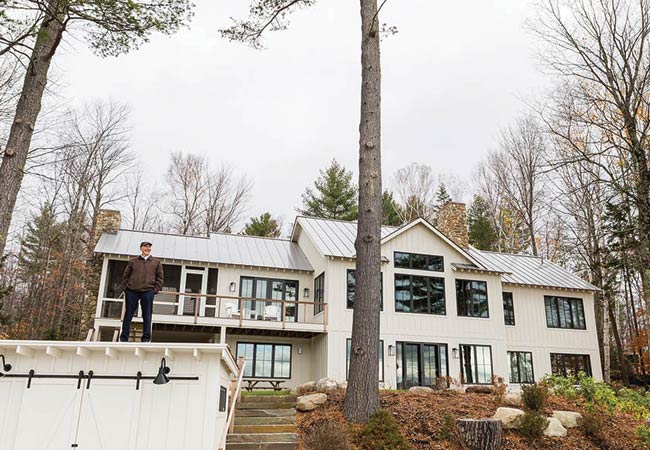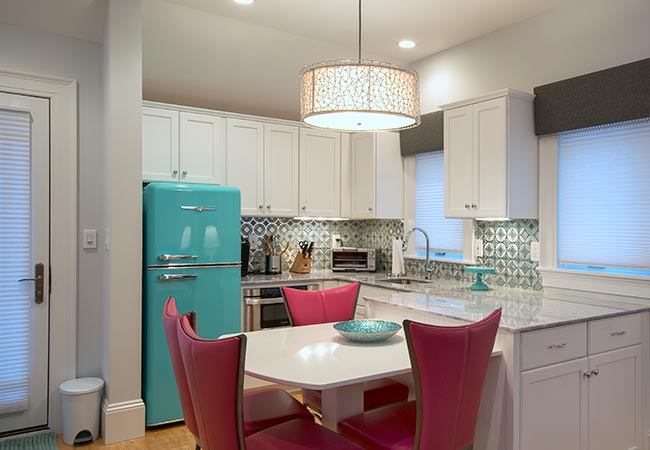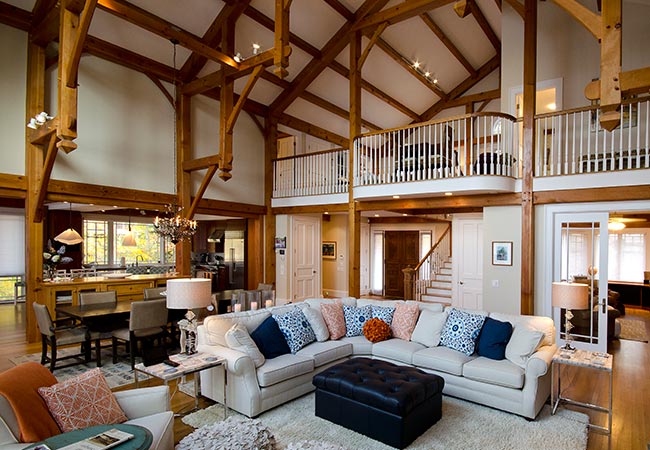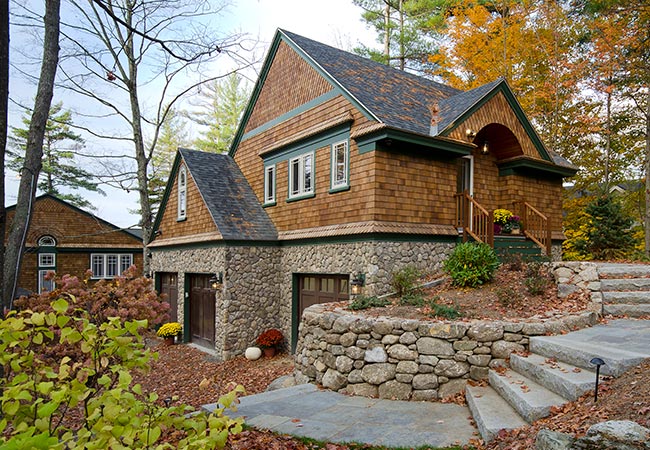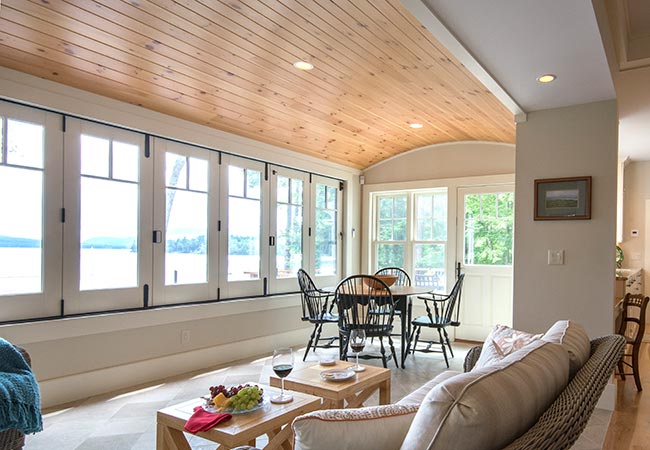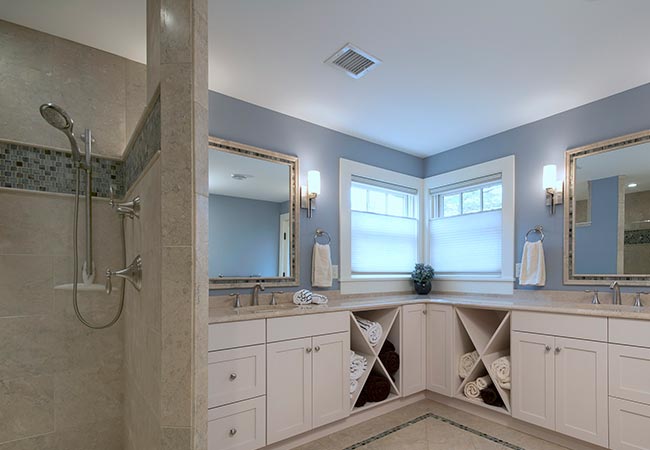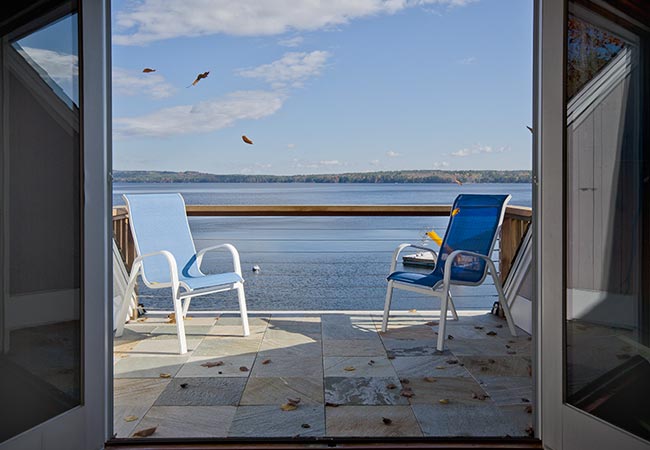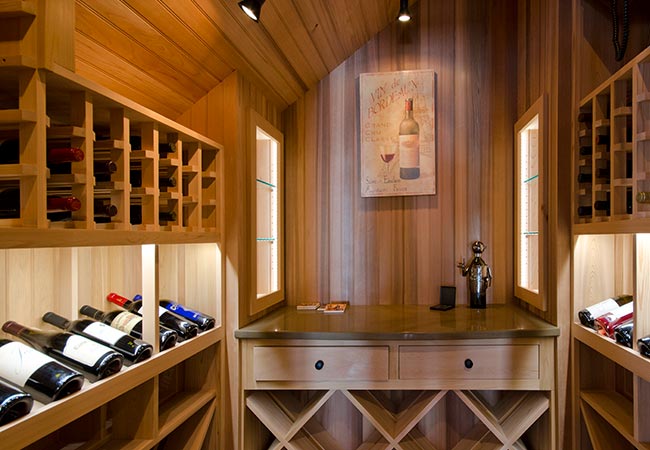Before the construction can begin, your contractor will prepare a contract. Some remodelers guarantee only the materials costs and bill for their time on an hourly basis, working on a “time and materials” contract. Others prefer to add a fixed percentage to the cost of materials and labor and this is a “cost-plus” contract. The total cost for the project is not fixed with these agreements, but the remodeler should be able to estimate your total cost fairly closely. On larger projects, many contractors work with a “contract sum” agreement. This establishes the total cost of the project and payments are made according to the “schedule of payments” attached to the contract.
All contracts should include:
• A detailed description of the work.
• A list of the specific materials to be used.
• A schedule of progress payments showing how much you pay at the outset and when further payments are due.
• An explanation of the change order which deals with changes or extras not included in the original agreement.
• A procedure for handling disputes between the contractor and the owner.
• It may include a description of what is not included, such as “the homeowner is responsible for carpet installation” or “the homeowner is responsible for removing personal items and furnishings from the work areas”.
• A federally mandated recision clause, enabling you to cancel the agreement within three days of signing it.
The next step is often a pre-construction conference with you, the remodeler, the lead carpenter or foreman, the designer (if any), and perhaps the major subcontractors. The purpose of this meeting is to discuss the project schedule and ground rules. This is the time to decide what parts of the house are to be work or material storage areas, and what areas are off limits. Review your remodeler’s policies on crew behavior and let him know what you expect. While most have clear guidelines concerning things like smoking (not allowed inside), radio use (low volume), phone use (local calls only), bathroom use (port-a-potty) and daily cleanup, these may be modified to reflect your needs.
This is also the time to address concerns about safety and security. Construction sites are dangerous, especially to children and pets. Be sure that you are satisfied with measures to separate the work areas from the rest of the house and secure the house during non-work times. Make sure that you remove all personal items and furnishings from the work area. No matter how careful and neat the workmen are, there will be dust, debris and the potential for damaging anything left in the work area. In fact, the constant vibration from the project can cause items outside the work area to shift and fall. Check that valuable items on shelves in the rest of the house are secured or moved.
Sue Painter is working for us part-time as an architectural designer. She is primarily handling the design work for our renovations and additions. Here is what one of our clients said about her recently: “Sue has done a great job. Sue is a good listener and a good translator. So many design people only bring their ego, and “My Ideas are Best” to the project. Our meeting was very productive and it shows in the plans. Thanks!”
We are pleased to welcome Sue to our team.










